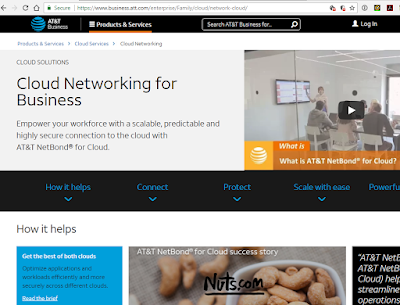As of September 13, 2017 at 11:00 AM EDT, substantial numbers of cell sites remain out of services in areas impacted by Hurricane Irma, but the situation is improving, according to data from the FCC.
However, the the outage is growing for cable and fixed wireline systems. There are at least 8,190,407 (up from 7,184,909 yesterday) subscribers out of service in the affectedareas in Alabama, Florida, and Georgia.
There are a total of 1,040 (up from 819 yesterday) non-mobile switching centers out in Alabama, Florida, and Georgia.
http://transition.fcc.gov/Daily_Releases/Daily_Business/2017/db0913/DOC-346710A1.pdf
- Alabama: Less than 1% of cell sites in the disaster area are out of service
- Florida: 18.1% (down from 24.6% yesterday) of cell sites are out of service.
- Georgia: Overall, 5.3% (down from 10.5% yesterday) of cell sites in the disaster area are out of
- service.
- Puerto Rico: 10.1% (down from 14.5% yesterday) of cell sites are out of service.
- Virgin Islands: 54.7% (up from 53.8%) of cell sites are out of service.
However, the the outage is growing for cable and fixed wireline systems. There are at least 8,190,407 (up from 7,184,909 yesterday) subscribers out of service in the affectedareas in Alabama, Florida, and Georgia.
There are a total of 1,040 (up from 819 yesterday) non-mobile switching centers out in Alabama, Florida, and Georgia.
http://transition.fcc.gov/Daily_Releases/Daily_Business/2017/db0913/DOC-346710A1.pdf






















